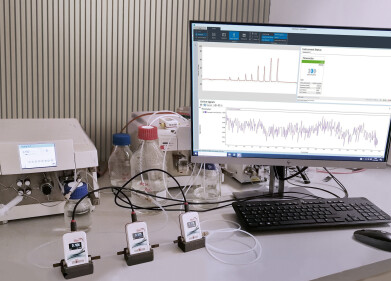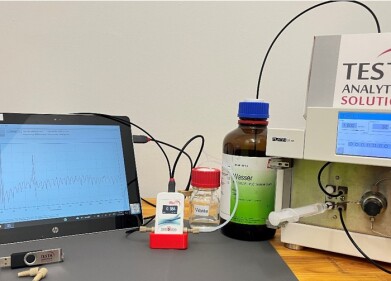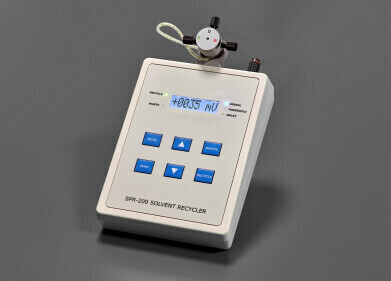Chromatography
What is Upstream Bioprocessing?
Dec 10 2022
From healthcare and pharmaceuticals to biofuels and beer brewing, bioprocessing is used across a myriad of industries. The process involves harnessing the properties of living cells and components such as bacteria and enzymes, then using these cellular components to create useful products.
The process kicks off with upstream bioprocessing, a phase that includes steps like cell line development, media development and cultivation. Upstream bioprocessing also includes developing strategies to improve culture expansion and maximise yield, as well as understand issues like cell death.
In the book Biopharmaceutical Processing, author Eva K.Lindskog says “a high-yielding, robust upstream process is founded in a good understanding of cellular phenomena, applied in an industrial setting.” She adds that “the more complex the host organism, the more complex these phenomena become.”
Examples of upstream bioprocessing
Upstream bioprocessing is critical when producing pectinase, one of the most widely used enzymes in the biotechnology sector. The enzyme is a staple in the fruit juice industry, where it’s used to enhance the quality of extracted juice and increase overall yield.
Key steps of upstream bioprocessing for pectinase include:
- Determining the initial source
- Selecting the substrate
- Optimising reaction conditions
In an article published in the journal Biotechnology Advances, the team spotlight Vero cells as one of the most useful lines for developing vaccines and viral vectors. Derived from African monkeys, it was one of the first cell lines to receive approval from the World Health Organisation (WHO) for use in human vaccines, including several used to combat the SARS-CoV-2 virus.
Novel bioprocess technologies are being employed to overcome challenges associated with Vero cell vaccine development. This includes using advanced cell line engineering techniques to boost cell-specific virus productivity, while preserving the physiological state of cells. Bioprocess technologies are also being used to optimise cell growth conditions like temperature, pH levels, nutrient supply and shear stress.
“Especially in times like the current COVID-19 pandemic, advanced and scalable platform technologies could provide more efficient and cost-effective solutions to meet the global vaccine demand,” reads the article.
The future of upstream bioprocessing
Moving forward, technologies like artificial intelligence (AI) and machine learning have an important role to play in upstream bioprocessing. An article published in the journal Bioresource Technology asserts “bioprocess control and optimisation are crucial for tapping the metabolic potential of microorganisms.” The authors go on to spotlight how next-generation computer-based strategies and data-driven techniques like AI will continue to improve bioprocessing.
Machine learning also has enormous potential. The authors of an article published in the journal Trends in Biotechnology explore how techniques like deep learning and reinforcement learning can optimise bioprocessing. This includes key upstream stages like strain selection.
Want to know more about the different applications for bioprocessing? Don’t miss our complete guide, ‘What is Bioprocessing? Guide to Upstream & Downstream’.
Digital Edition
Lab Asia 31.6 Dec 2024
December 2024
Chromatography Articles - Sustainable chromatography: Embracing software for greener methods Mass Spectrometry & Spectroscopy Articles - Solving industry challenges for phosphorus containi...
View all digital editions
Events
Jan 22 2025 Tokyo, Japan
Jan 22 2025 Birmingham, UK
Jan 25 2025 San Diego, CA, USA
Jan 27 2025 Dubai, UAE
Jan 29 2025 Tokyo, Japan



















